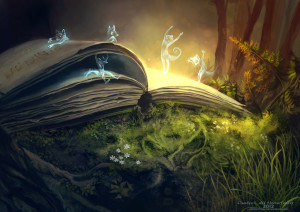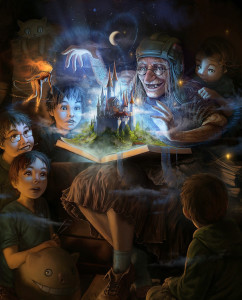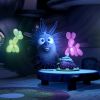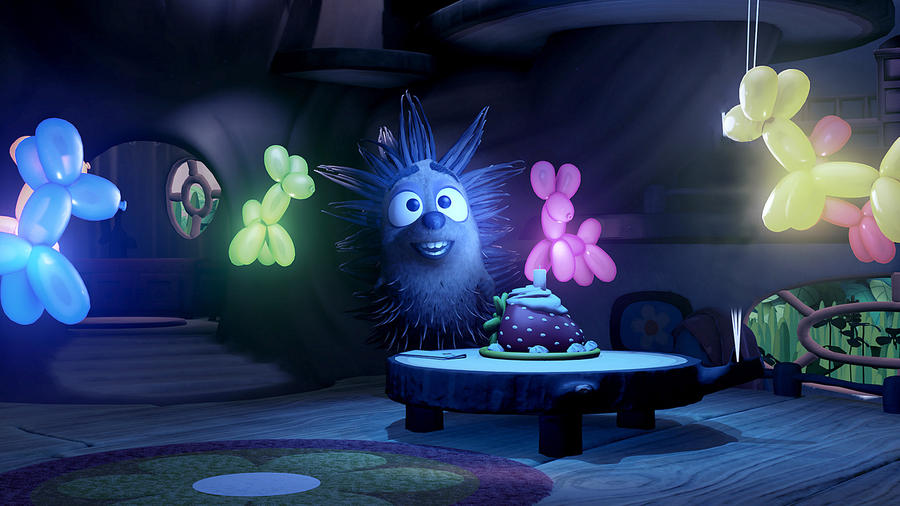The premises of storytelling are quite simple, still good storytelling is an art and a craft. As I love stories, fantasy and role-playing games, knowing about the essence of storytelling is an advantage. But like many, I have spent many years crafting stories without really understanding what I was doing. Creating random characters, taking a pinch of conflict, a dollop of a plot and mixing it all together hoping to end up with a digestible dish. I know, I was naive (I still am by the way, don’t ask for my pin code, please).
Recently, I decided to research storytelling. A noble, and useful endeavor, not sure why I didn’t do it before. Probably because I’m naive. And guess what, I decided to share my finding with you, just like that. Isn’t that brilliant?
If you clicked here by mistake and are not interested in storytelling, you can stop reading here. If using storytelling in many aspects of your life, like sales pitches, presentations, speeches, doesn’t appeal to you, you can close this page now and go back to what you were looking for. Otherwise, please join me in the next paragraph.
A story can be boiled down to:
- Beginning
- Middle
- End
Really? Yes, really.
There are two other ways to look at these parts. In Ancient Greece, they are detailed a bit more into:
- Inciting incident
- (Rising action)
- Climax
- (Falling action)
- Last moment of suspense
The parts in bracket are the transitions between each of the 3 parts.
A third way to look at it is in 3 acts:
- Act I: Problem and Obstacle
- Act II: Conflict and Struggle
- Act III: Resolution
All three methods are about the same thing: getting from the beginning to the end of the story, via the middle part. That’s all it is really.
For the journey to be interesting however (of course there is a however), a conflict is needed. And characters to face it, overcome obstacles and grow through the process.
Most importantly, the audience has to care. A story is not about the author, but about the audience. They need a way to relate to the story.
Going into a bit more details, let’s start with the beginning.
The beginning has to propel the reader or spectator through the story, a bit like a rocket needs to propel a ship off the ground into space. It needs to be powerful. Characters and conflict have to be enticing enough for the audience to want to carry on reading or watching. A bad beginning will simply kill the story.
Conflict is at the heart of any story. Without it, there is no story. As the hero is driven forward by his desires, he will face obstacles and conflicts. These obstacles will become higher and higher as the story progresses. This is what keeps the audience entertained.
By the end of the middle part, the character’s conscious desire will break down. What he wants is denied him. This breakdown then exposes a deeper motivation, a motivation that propels the character forward. This is the falling action that brings us to the end of the story.
The end has to be fully dramatized and on stage. This is the climatic convergence of characters, conflicts, and desires. All that has been built up during the journey ends here. So it needs to deliver. A good ending is tricky. As certain and inevitable as it should be, it is not a complete stopping point for the story. It has to convey a belief that the characters will continue to live their lives in a way that the audience is invited to imagine.
One last important aspect that I need to stress is characters.
Character is story. What happens to characters— how they suffer and celebrate, how they think and feel, how they meet challenges and respond to people, overcome obstacles, and find redemption— constitutes the heart and soul of story. And at the end of the story, the characters will have grown, they will have learned some important truths. All powerful stories contain an essential core of personal truth, some essence drawn from real life that connects fictional awareness with a writer’s direct or secondhand experience. And it is the uncovering of this truth— the search, the investigation, the examination— that makes a story compelling.
There you have it, the essence of storytelling. If you want to dig deeper, I invite you to watch some great TED talks. Here is a sample HERE.
Also, I invite you to read The Art and Craft of Storytelling by Nancy Lamb. This was my main source of content for writing this post.
You can now use storytelling in your life. Be it to write a book, shoot a film, tell a story to your friends, give a sales pitch to a prospect, present your work to colleagues, teach people, give a TED talk, anything.
Our brain is hardwired to listen and be captivated by stories. So mastering storytelling and including it in your life will make the delivery of your messages that much more compelling. Good luck!









Please share your comments